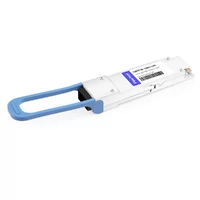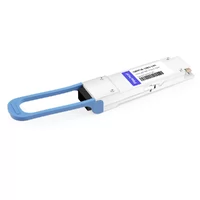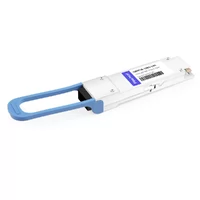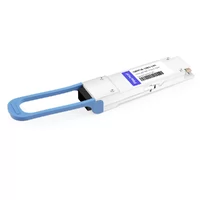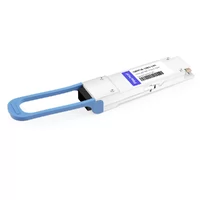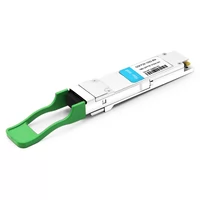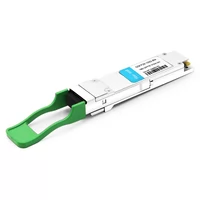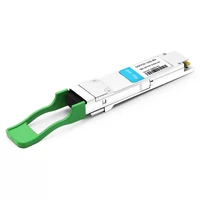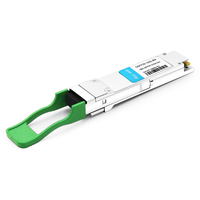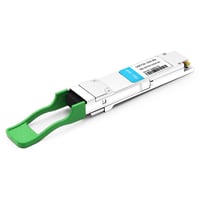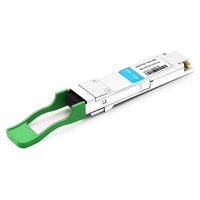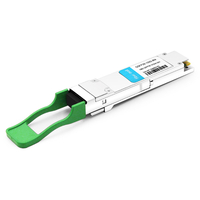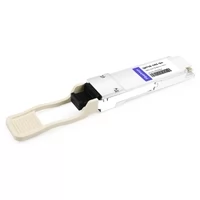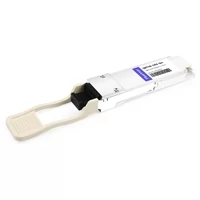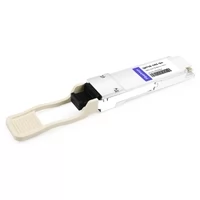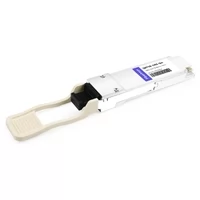Box, COB, and TO can are currently the most prevalent packaging forms for optical components.
Table of Contents
ToggleBox Packaging
Box packaging, also known as hermetic sealing, has a long history. It involves encapsulating the optical chip in a metal box filled with inert gas (usually helium) to protect the optical elements from external environmental influences and enhance heat dissipation. The surface of the box is typically gold-plated and consists of a base and a cover plate, with the chip and lens mounted inside the base. The optical path is isolated from the external environment by an optical window.
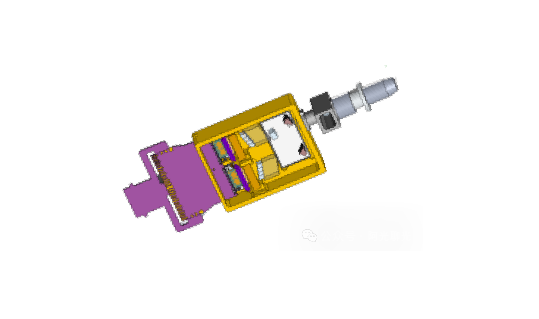
Box packaging technology often offers more stable optical and electrical performance and improved heat dissipation. In the optoelectronics industry, Box packaging is traditionally used for long-distance transceivers and in uncontrolled environments with fluctuations in temperature and humidity. Currently, It is common in telecom-grade optical modules.
- Ease of Integration: Box packaging allows laser components to be integrated into standardized enclosures, making them easier to assemble and integrate into transceiver modules or systems.
- Enhanced Protection: Box packaging provides a protective shell for laser devices, shielding them from external factors such as dust, moisture, and mechanical stress. This helps improve the reliability and lifespan of laser components.
- Customization and Flexibility: Box packaging offers greater flexibility for customizing and optimizing transceivers’ electrical and mechanical characteristics. It enables easy implementation of different connector types, power options, and interface configurations to meet specific application requirements.
- Testing and Maintenance: Box packaging makes testing, maintenance, and replacement of individual laser components easier. Since the components are not directly mounted on PCBs, they can be more easily detected and repaired, simplifying troubleshooting and maintenance tasks.
- Thermal Management: Box packaging designs typically include effective thermal management features such as heat sinks or thermal pads. This helps dissipate the heat generated by laser components and maintain optimal operating temperatures for reliable and stable performance.
- Scalability and Future Upgrades: Box-packaged laser components offer scalability options that allow for future upgrades or replacements without significant modifications to the overall transceiver design. This flexibility is advantageous in evolving network environments.
COB Packaging
COB stands for Chip on Board, which refers to the direct mounting of bare die chips such as TIA and LDD onto the copper traces of a PCB. Subsequently, wire bonding is used for electrical connections, followed by the application of a cover plate or adhesive for protection on top of the chip. COB packaging is an emerging technology widely utilized in Ethernet data center optical modules.
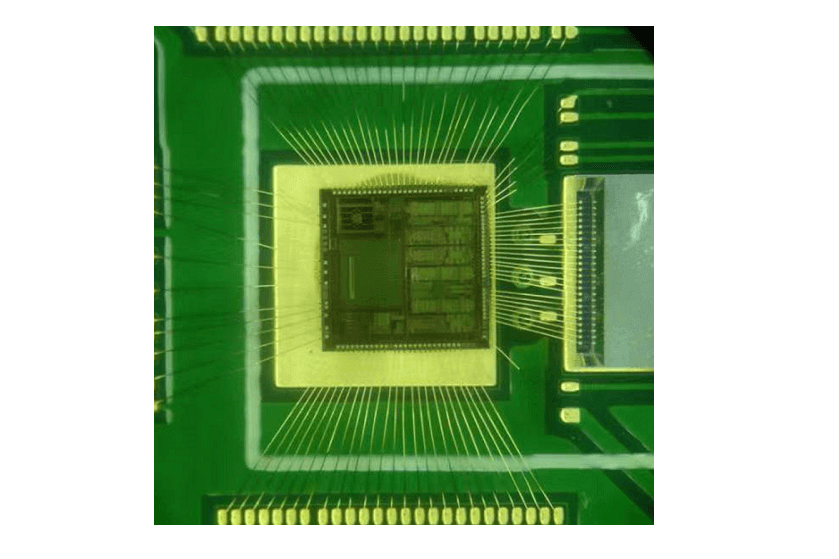
The COB process consists of three key components:
Chip Bonding: Attaching the chip to the PCB to form a circuit.
Wire Bonding: Creating electrical connections between the chip and PCB through soldering and bonding fine metal wires.
Coupling: Ensuring that the vertical light emitted by VCSEL is parallel and enters the optical fiber for transmission.
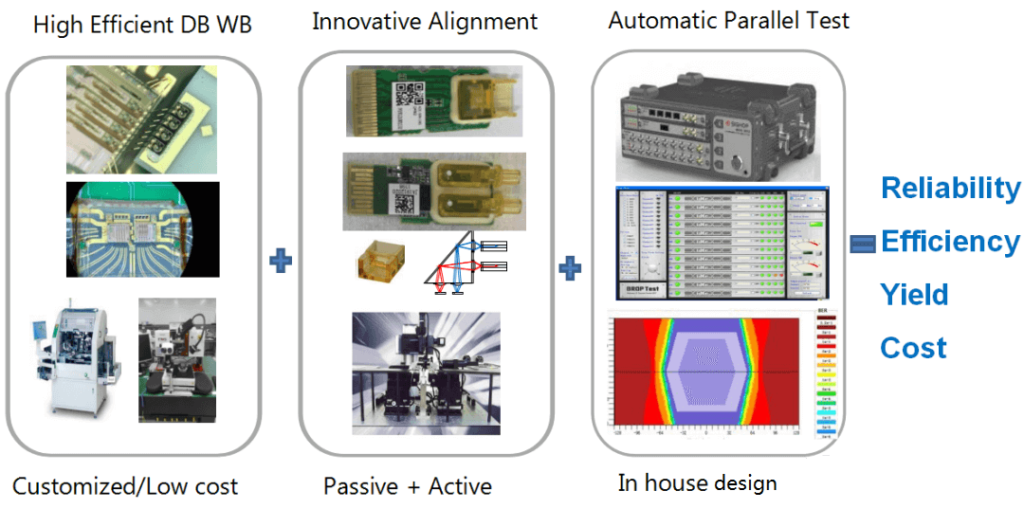
Due to chips being directly mounted on the PCB without individual packaging, manufacturing costs are lower compared to BOX packaging. Processes such as mold bonding, wire bonding, and coupling/alignment can be easily automated, supporting the mass production of products.
COB technology allows for the integration of multiple optical components and semiconductor chips on a single PCB. By integrating optical components and chips on a single PCB, the number of interfaces between components is reduced, thereby increasing efficiency and reducing power consumption in the correct operating environment.
Where is COB Technology Used?
COB technology is mature and widely applied. In the fiber optic transceiver industry, COB is primarily deployed in short-distance applications within stable environments like data centers with constant commercial-grade temperatures (0~70°C) and controlled humidity. These are typically transceivers designed for commercial operating temperatures, reaching distances of around 100 meters. Using COB in unstable, extended, or industrial temperature environments or long-distance applications is not recommended.
TO Can
TO Can, sometimes referred to simply as TO, originates from the semiconductor industry and stands for Transistor Outline. It is a type of transistor package. Classified based on the diameter of the base, common variants include TO56, TO42, TO52, and TO38, with more dimensions being custom specifications set by manufacturers. TO packaging is commonly found in small form factor optical modules like SFP modules.
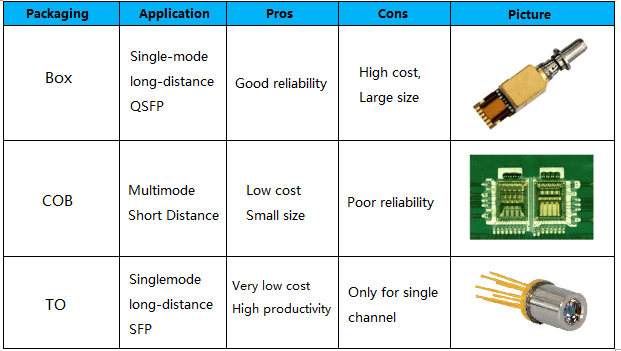
Related Products:
-
 QSFP28-100G-LR4 100G QSFP28 LR4 1310nm (LAN WDM) 10km LC SMF DDM Transceiver Module
$285.00
QSFP28-100G-LR4 100G QSFP28 LR4 1310nm (LAN WDM) 10km LC SMF DDM Transceiver Module
$285.00
-
 Cisco QSFP-100G-LR4-S Compatible 100G QSFP28 LR4 1310nm (LAN WDM) 10km LC SMF DDM Transceiver Module
$285.00
Cisco QSFP-100G-LR4-S Compatible 100G QSFP28 LR4 1310nm (LAN WDM) 10km LC SMF DDM Transceiver Module
$285.00
-
 Arista Networks QSFP-100G-LR4 Compatible 100G QSFP28 LR4 1310nm (LAN WDM) 10km LC SMF DDM Transceiver Module
$285.00
Arista Networks QSFP-100G-LR4 Compatible 100G QSFP28 LR4 1310nm (LAN WDM) 10km LC SMF DDM Transceiver Module
$285.00
-
 Dell Q28-100G-LR4 Compatible 100G QSFP28 LR4 LAN WDM 10km LC SMF DDM Transceiver Module
$285.00
Dell Q28-100G-LR4 Compatible 100G QSFP28 LR4 LAN WDM 10km LC SMF DDM Transceiver Module
$285.00
-
 HPE Aruba JL310A Compatible 100G QSFP28 LR4 1310nm (LAN WDM) 10km LC SMF DDM Transceiver Module
$285.00
HPE Aruba JL310A Compatible 100G QSFP28 LR4 1310nm (LAN WDM) 10km LC SMF DDM Transceiver Module
$285.00
-
 NVIDIA(Mellanox) MMA1L10-CR Compatible 100G QSFP28 LR4 1310nm (LAN WDM) 10km LC SMF DDM Transceiver Module
$285.00
NVIDIA(Mellanox) MMA1L10-CR Compatible 100G QSFP28 LR4 1310nm (LAN WDM) 10km LC SMF DDM Transceiver Module
$285.00
-
 Juniper Networks QSFP-100G-LR4-D Compatible 100G QSFP28 LR4 1310nm (LAN WDM) 10km LC SMF DDM Transceiver Module
$285.00
Juniper Networks QSFP-100G-LR4-D Compatible 100G QSFP28 LR4 1310nm (LAN WDM) 10km LC SMF DDM Transceiver Module
$285.00
-
 QSFP28-100G-IR4 100G QSFP28 IR4 1310nm (CWDM4) 2km LC SMF DDM Transceiver Module
$110.00
QSFP28-100G-IR4 100G QSFP28 IR4 1310nm (CWDM4) 2km LC SMF DDM Transceiver Module
$110.00
-
 Cisco QSFP-100G-CWDM4-S Compatible 100G QSFP28 CWDM4 1310nm 2km LC SMF DDM Transceiver Module
$110.00
Cisco QSFP-100G-CWDM4-S Compatible 100G QSFP28 CWDM4 1310nm 2km LC SMF DDM Transceiver Module
$110.00
-
 Arista Networks QSFP-100G-CWDM4 Compatible 100G QSFP28 CWDM4 1310nm 2km LC SMF DDM Transceiver Module
$110.00
Arista Networks QSFP-100G-CWDM4 Compatible 100G QSFP28 CWDM4 1310nm 2km LC SMF DDM Transceiver Module
$110.00
-
 Dell Q28-100G-CWDM4 Compatible 100G QSFP28 CWDM4 1310nm 2km LC SMF DDM Transceiver Module
$110.00
Dell Q28-100G-CWDM4 Compatible 100G QSFP28 CWDM4 1310nm 2km LC SMF DDM Transceiver Module
$110.00
-
 HPE Aruba R0Z30A Compatible 100G QSFP28 CWDM4 Lite 1310nm 2km LC SMF DDM Transceiver Module
$110.00
HPE Aruba R0Z30A Compatible 100G QSFP28 CWDM4 Lite 1310nm 2km LC SMF DDM Transceiver Module
$110.00
-
 NVIDIA(Mellanox) MMA1L30-CM Compatible 100G QSFP28 CWDM4 1310nm 2km LC SMF DDM Transceiver Module
$110.00
NVIDIA(Mellanox) MMA1L30-CM Compatible 100G QSFP28 CWDM4 1310nm 2km LC SMF DDM Transceiver Module
$110.00
-
 Juniper Networks QSFP-100G-CWDM-T2 Compatible 100G QSFP28 CWDM4 1310nm 2km LC SMF DDM Transceiver Module
$110.00
Juniper Networks QSFP-100G-CWDM-T2 Compatible 100G QSFP28 CWDM4 1310nm 2km LC SMF DDM Transceiver Module
$110.00
-
 QSFP28-100G-SR4 100G QSFP28 SR4 850nm 100m MTP/MPO MMF DDM Transceiver Module
$40.00
QSFP28-100G-SR4 100G QSFP28 SR4 850nm 100m MTP/MPO MMF DDM Transceiver Module
$40.00
-
 Cisco QSFP-100G-SR4-S Compatible 100G QSFP28 SR4 850nm 100m MTP/MPO MMF DDM Transceiver Module
$40.00
Cisco QSFP-100G-SR4-S Compatible 100G QSFP28 SR4 850nm 100m MTP/MPO MMF DDM Transceiver Module
$40.00
-
 Arista Networks QSFP-100G-SR4 Compatible 100G QSFP28 SR4 850nm 100m MTP/MPO MMF DDM Transceiver Module
$40.00
Arista Networks QSFP-100G-SR4 Compatible 100G QSFP28 SR4 850nm 100m MTP/MPO MMF DDM Transceiver Module
$40.00
-
 NVIDIA(Mellanox) MMA1B00-C100D Compatible 100G QSFP28 SR4 850nm 100m MTP/MPO MMF DDM Transceiver Module
$40.00
NVIDIA(Mellanox) MMA1B00-C100D Compatible 100G QSFP28 SR4 850nm 100m MTP/MPO MMF DDM Transceiver Module
$40.00
-
 Dell Q28-100G-SR4 Compatible 100G QSFP28 SR4 850nm 100m MTP/MPO MMF DDM Transceiver Module
$40.00
Dell Q28-100G-SR4 Compatible 100G QSFP28 SR4 850nm 100m MTP/MPO MMF DDM Transceiver Module
$40.00
-
 HPE Aruba JL309A Compatible 100G QSFP28 SR4 850nm 100m MTP/MPO MMF DDM Transceiver Module
$40.00
HPE Aruba JL309A Compatible 100G QSFP28 SR4 850nm 100m MTP/MPO MMF DDM Transceiver Module
$40.00

